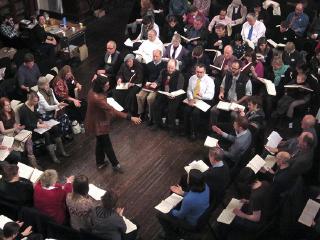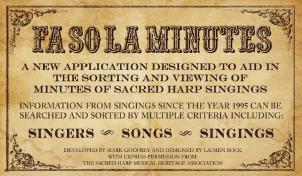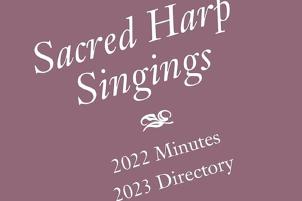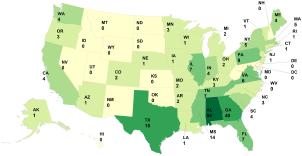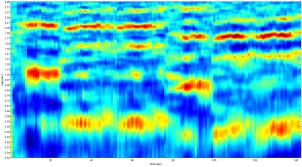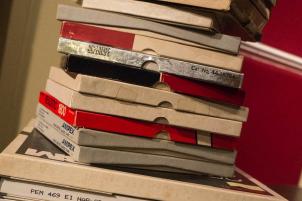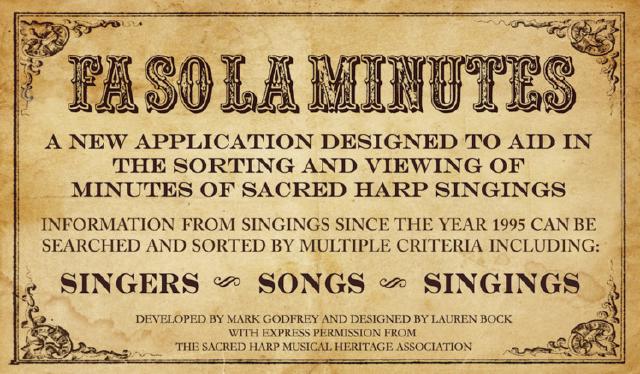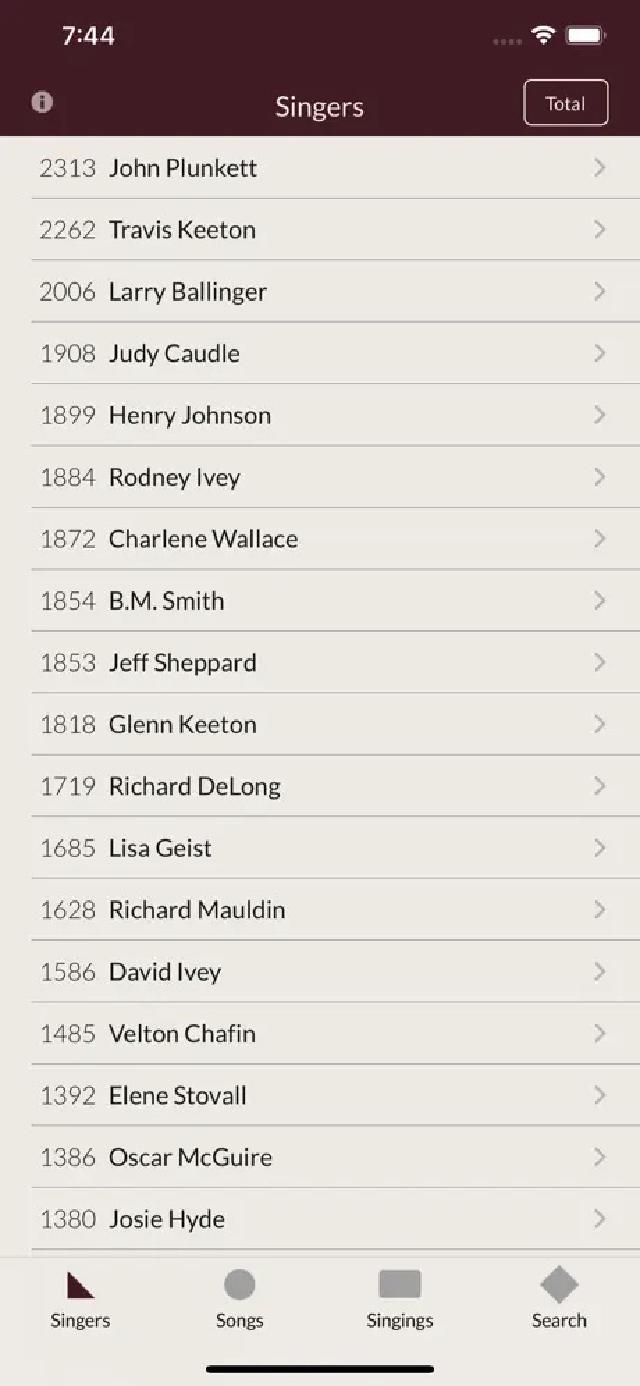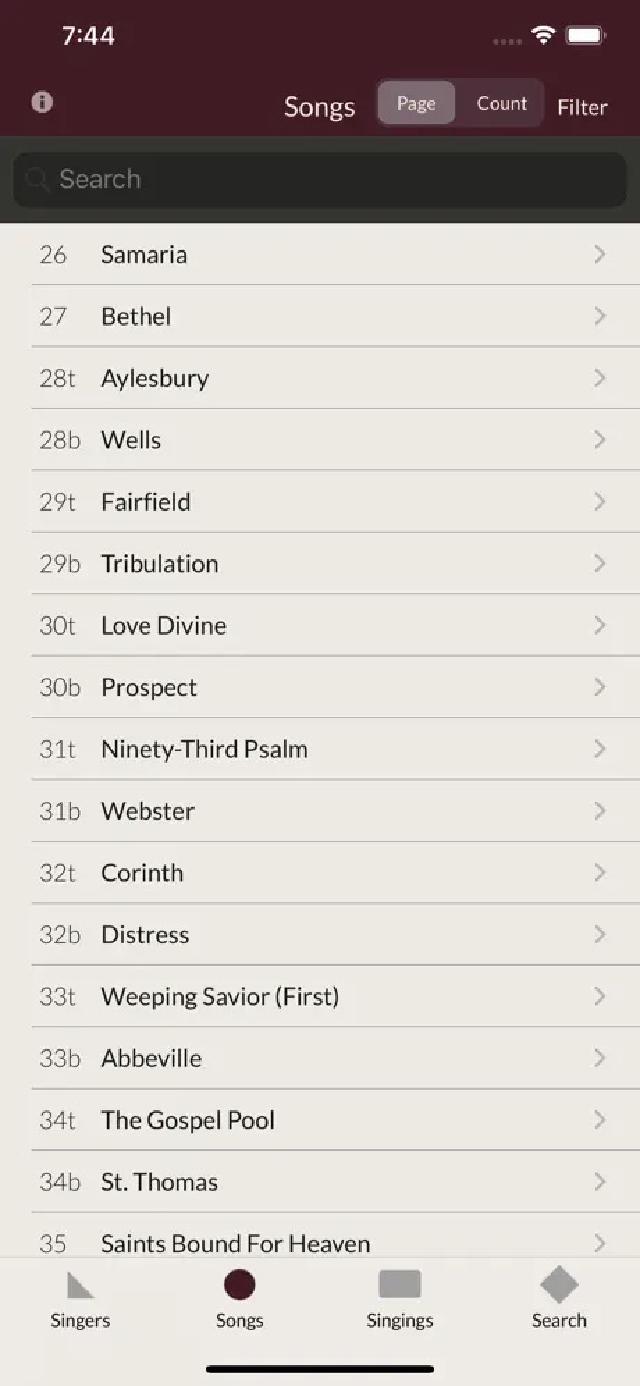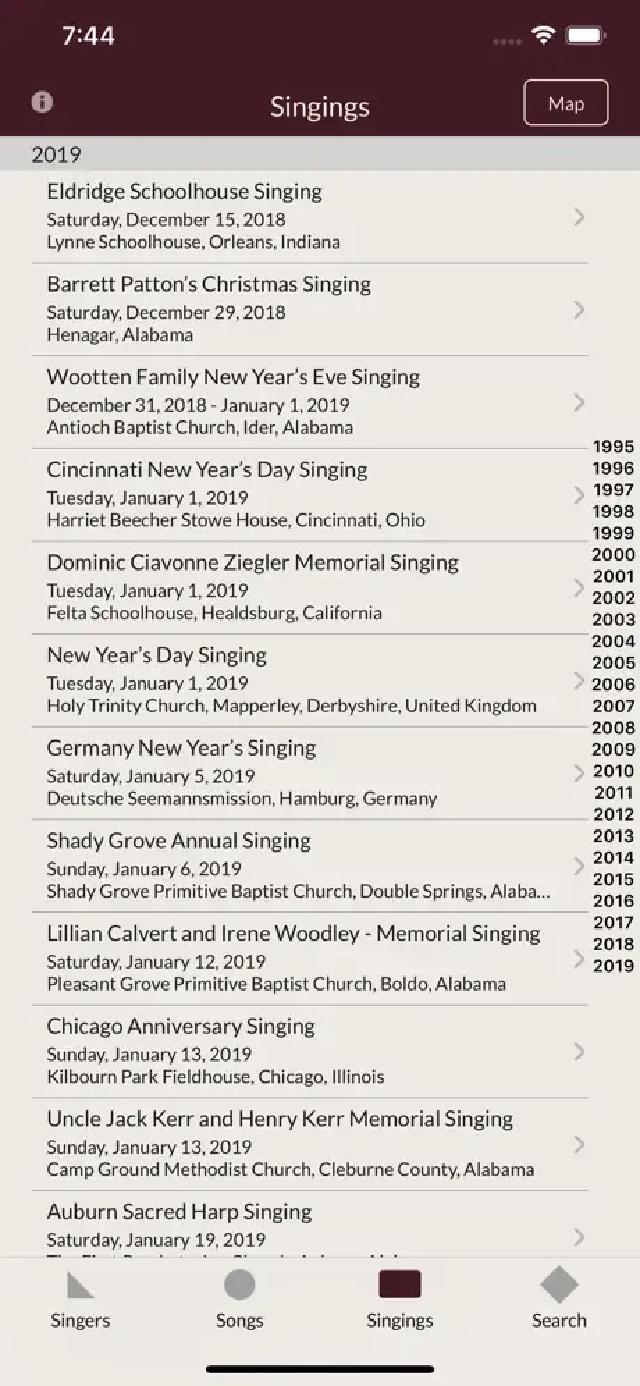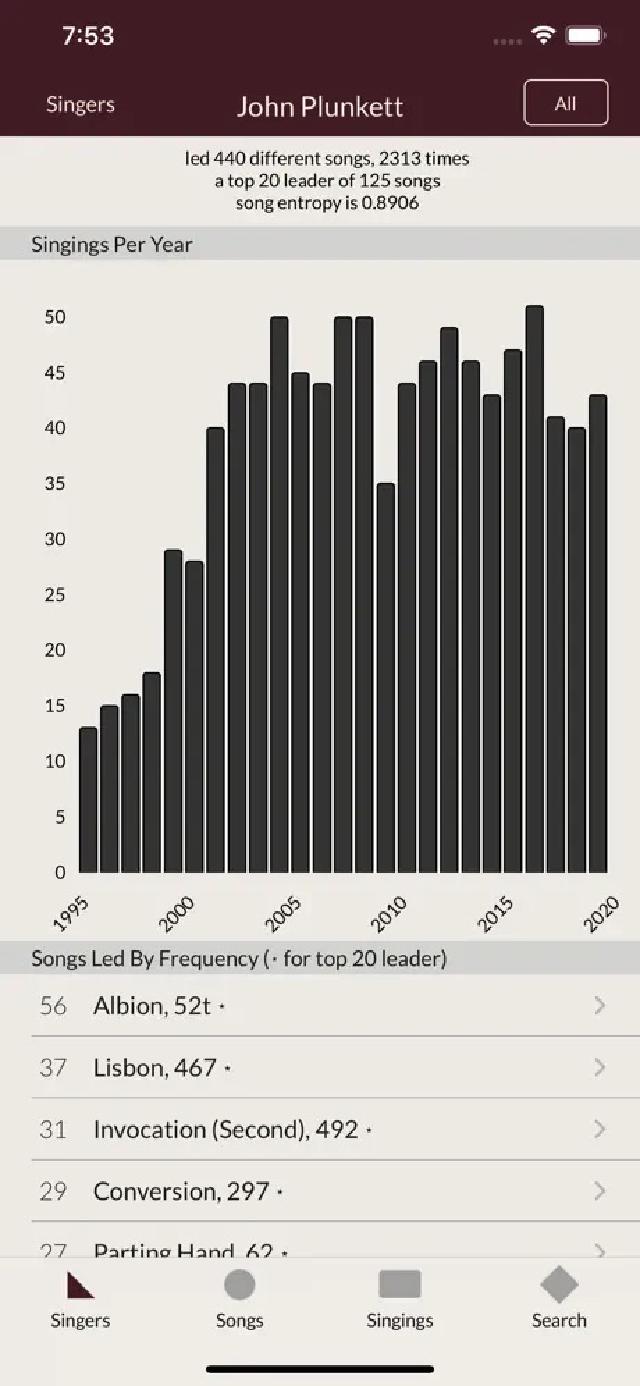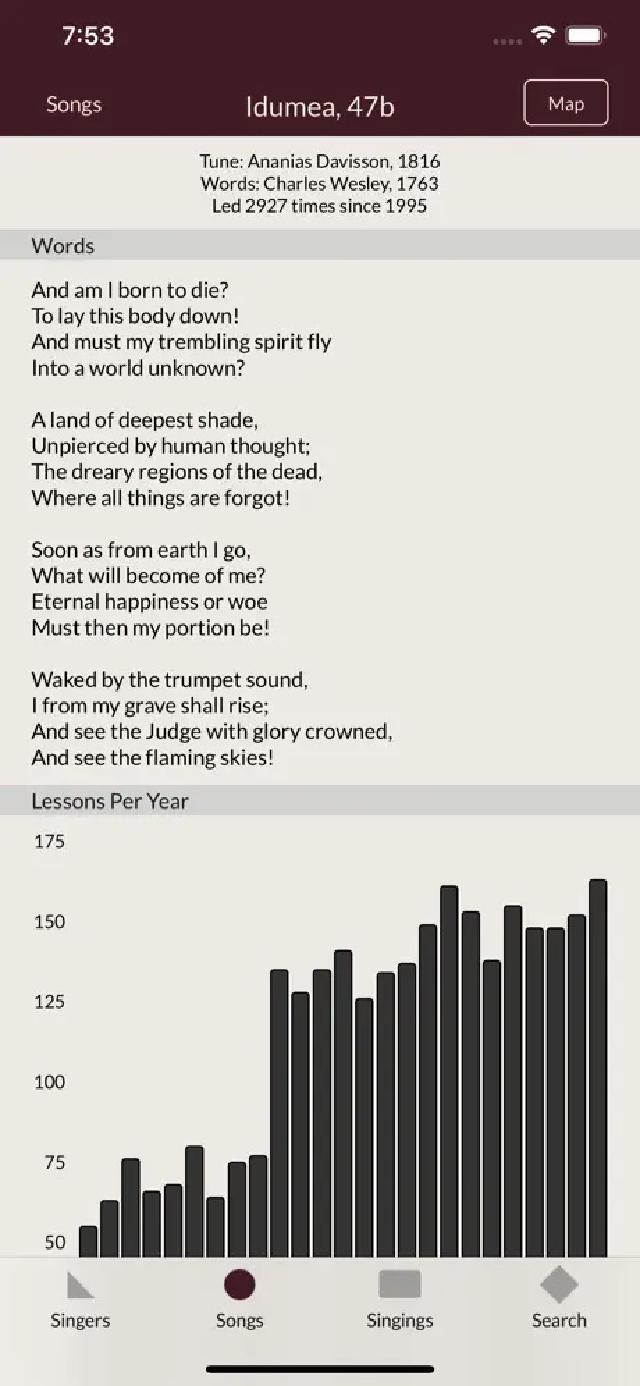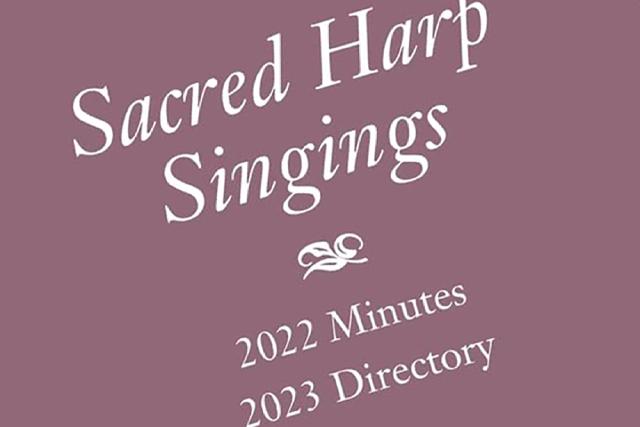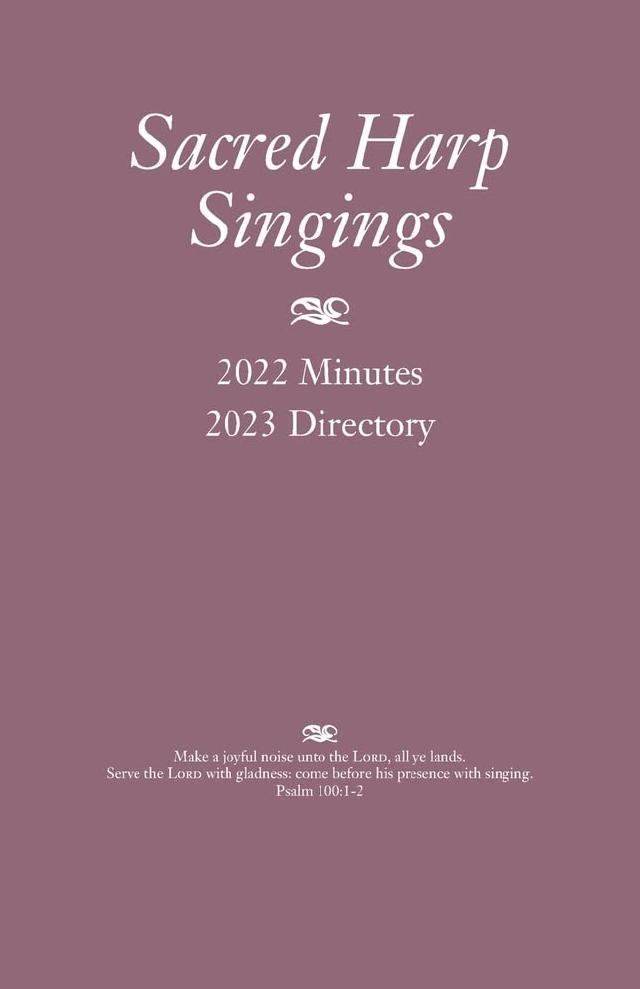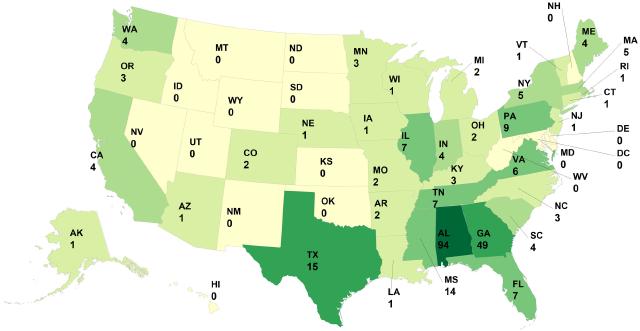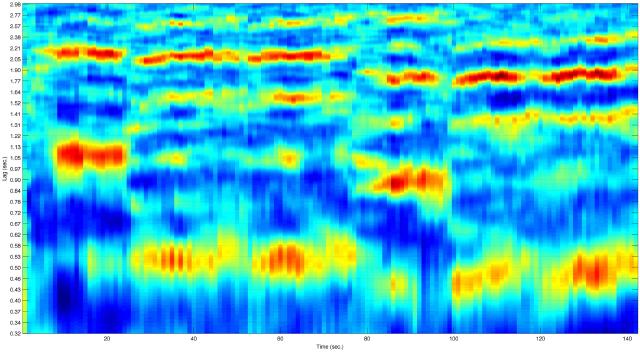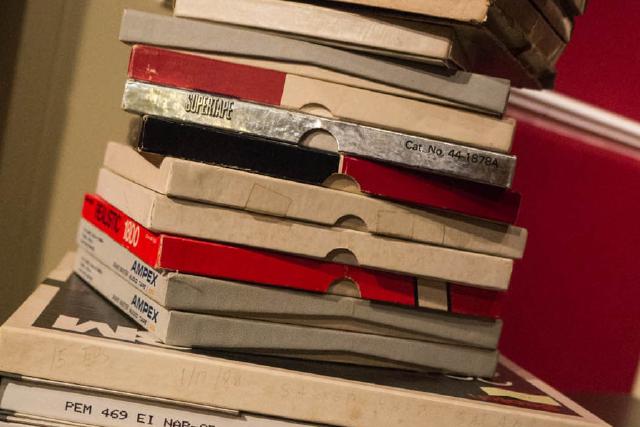This project’s hosting and some other infrastructural costs are funded by two non-profit organizations, SHPC and SHMHA. The University of West Georgia’s Annie Belle Weaver Special Collections at the Ingram Library and the Sacred Harp Museum at SHPC loaned volumes from their collections to Emory for digitization. Emory University’s Pitts Theology Library, ECDS and Emory Libraries contributed technical expertise, digitized pre-1995 minutes volumes, and supported the project’s file-sharing infrastructure.
- Margy Adams, community manager
- Mark T. Godfrey, technical lead
- Jesse P. Karlsberg, PhD, project director
- Judy Caudle, SHMHA
- Will Fitzgerald, PhD, GitHub
- Nathan K. Rees, PhD, University of West Georgia and Sacred Harp Museum
- Ian Quinn, PhD, Yale University
- Chris Thorman, SHMHA
- Brandon Wason, PhD, Emory University (Pitts)
Laura Akerman, Melanie Albrecht, Mairye Bates, Kevin Beirne, John Berendzen, Adam Berey, Stacey Berkheimer, Justin Bowen, Marie Brandis, Morgan Bunch, Steve Cackley, Judy Caudle, Leigh Cooper, Kate Coxon, Emily Crespo, Clarisa Fetrwo, Ann Riley Gray, Carol Huang, Sarah Huckaby, Stephen Hutcheson, Robert Kelley, Nancy Mandel, Dorothea Maynard, Marian Mitchell, Angela Myers, Michael Ruhl, Dawn Stanford, Melissa Stephenson, Mary Amelia Taylor, Tivey, Judy Van Duzer, and Micah John Walter.
- Will Fitzgerald, PhD, technical lead (2021–22)
- Sara Kaplan, volunteer coordinator (2021–22)
- Allen Tullos, Wayne Morse Jr. (retired), Chase Lovellette, Michael Page, Stephanie Bryan (ECDS)
- Lars Meyer, Kyle Fenton, Bonnie Jean Woolger (Emory Libraries Digitization Program)
- M. Patrick Graham (retired), Richard “Bo” Manly Adams Jr., Brandon Wason (Pitts Theology Library)
- Shanee’ Murrain (now of DPLA), Blynne Olivieri (Annie Belle Weaver Special Collections, University of West Georgia)
- Myrna Layton (Brigham Young University Library)
- Juncheng Yang (Carnegie Mellon University, Computer Science)
- Sara Brumfield, Ben Brumfield (Brumfield Labs)
- Hannah Alpert-Abrams (National Endowment for the Humanities)
- Joel Chan (Wish)
- David Ivey, Judy Caudle, Angela Myers (SHMHA)
- Karen Rollins, John Plunkett, Michael Hinton (SHPC)
- Roma Rice, Margaret Keeton, Buell Cobb, Judy Greene, Jeannette DePoy, Warren Steel
